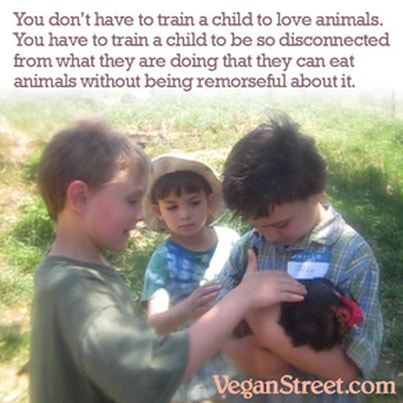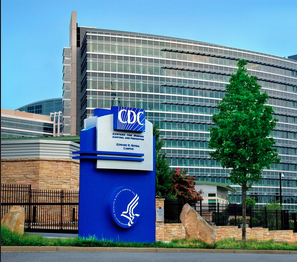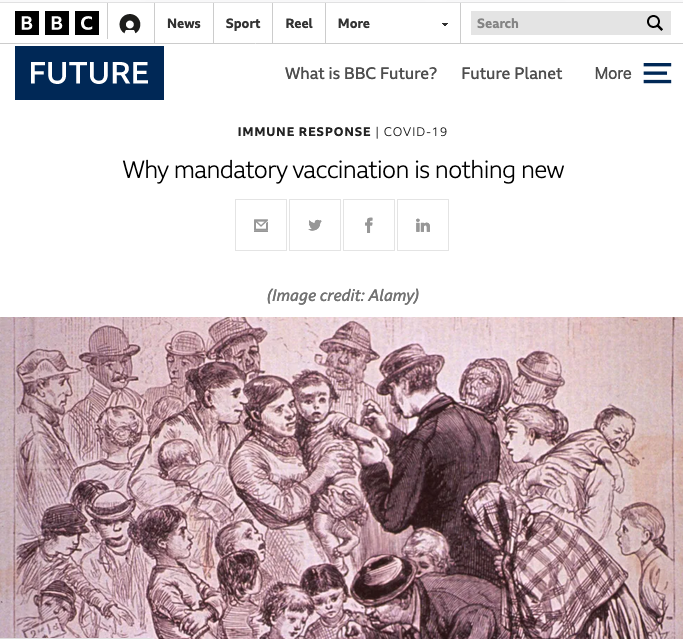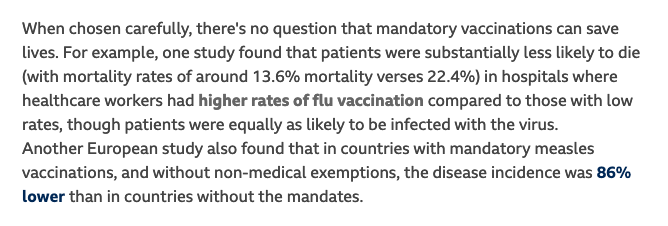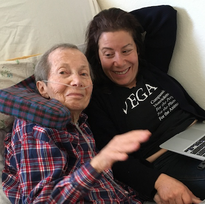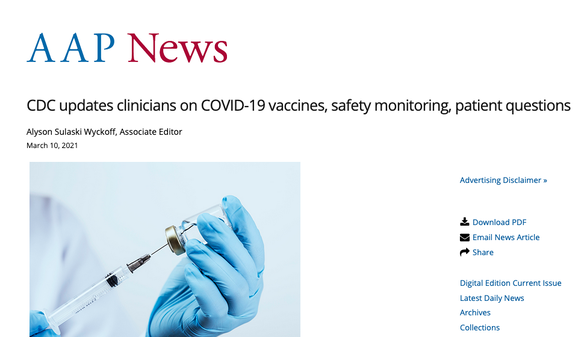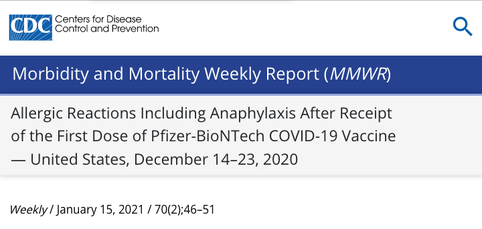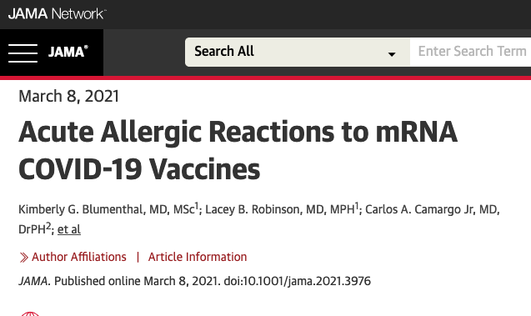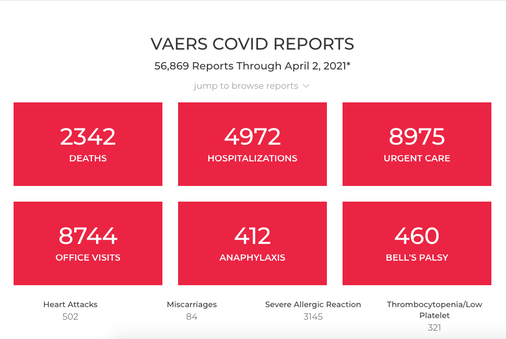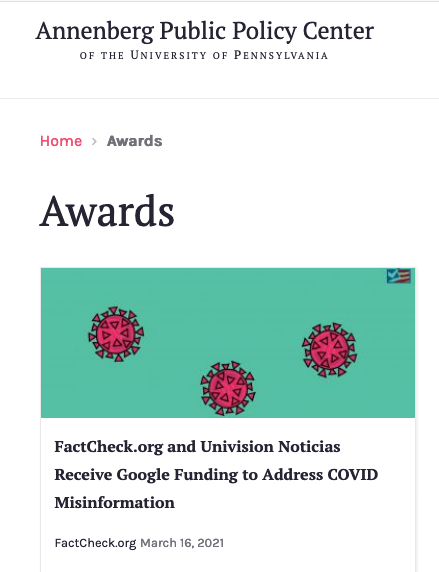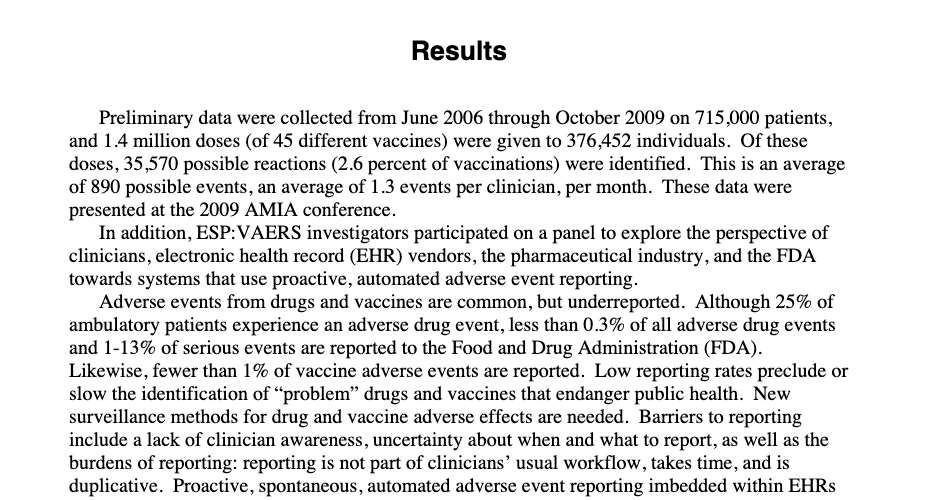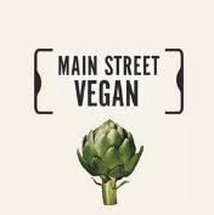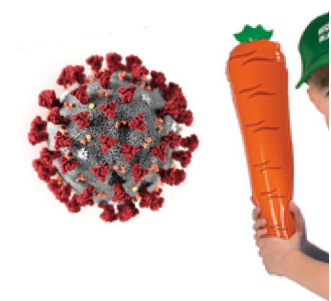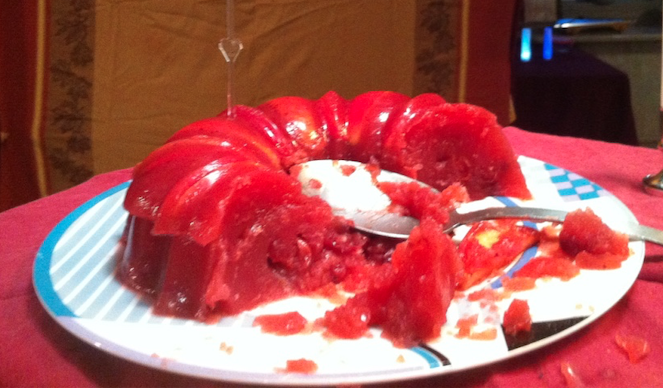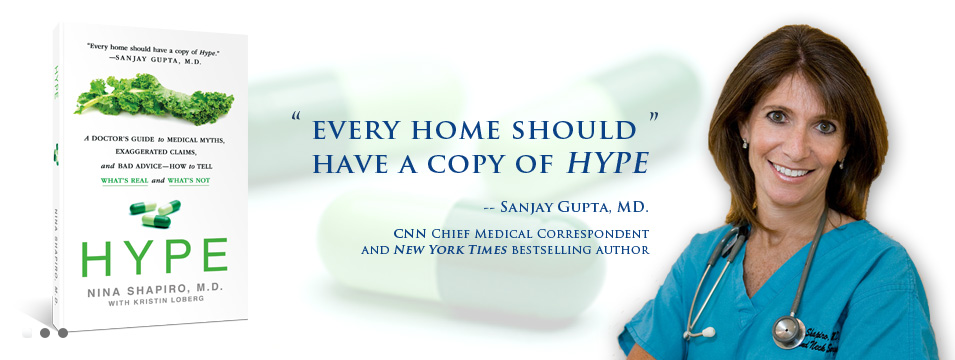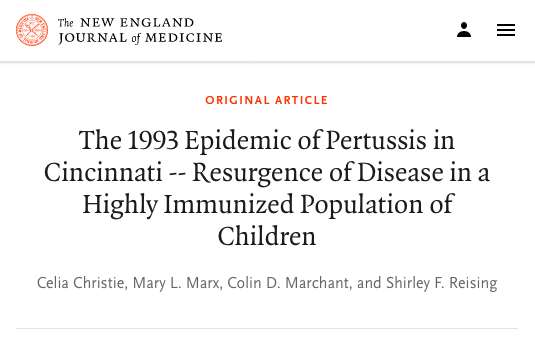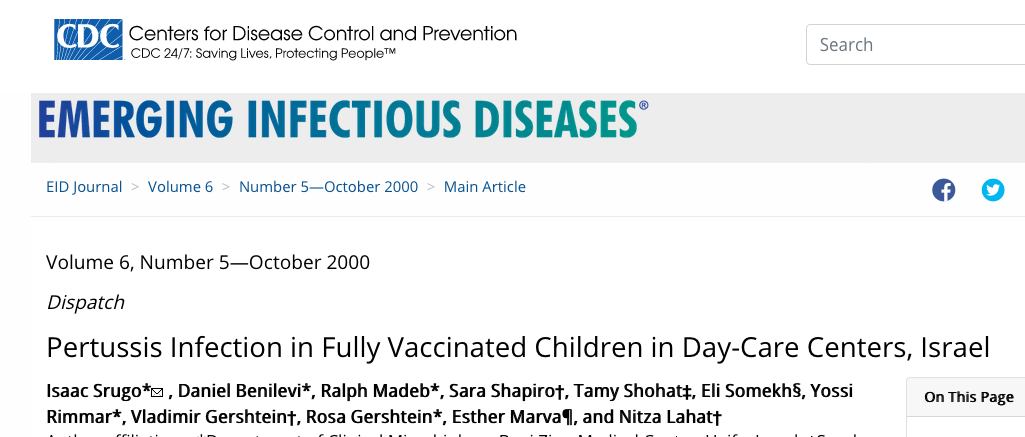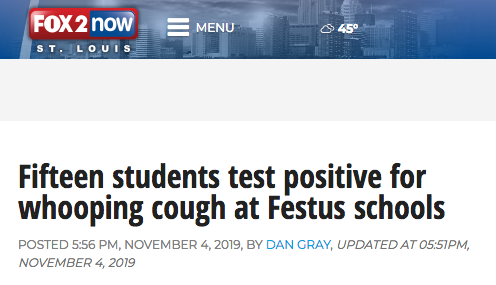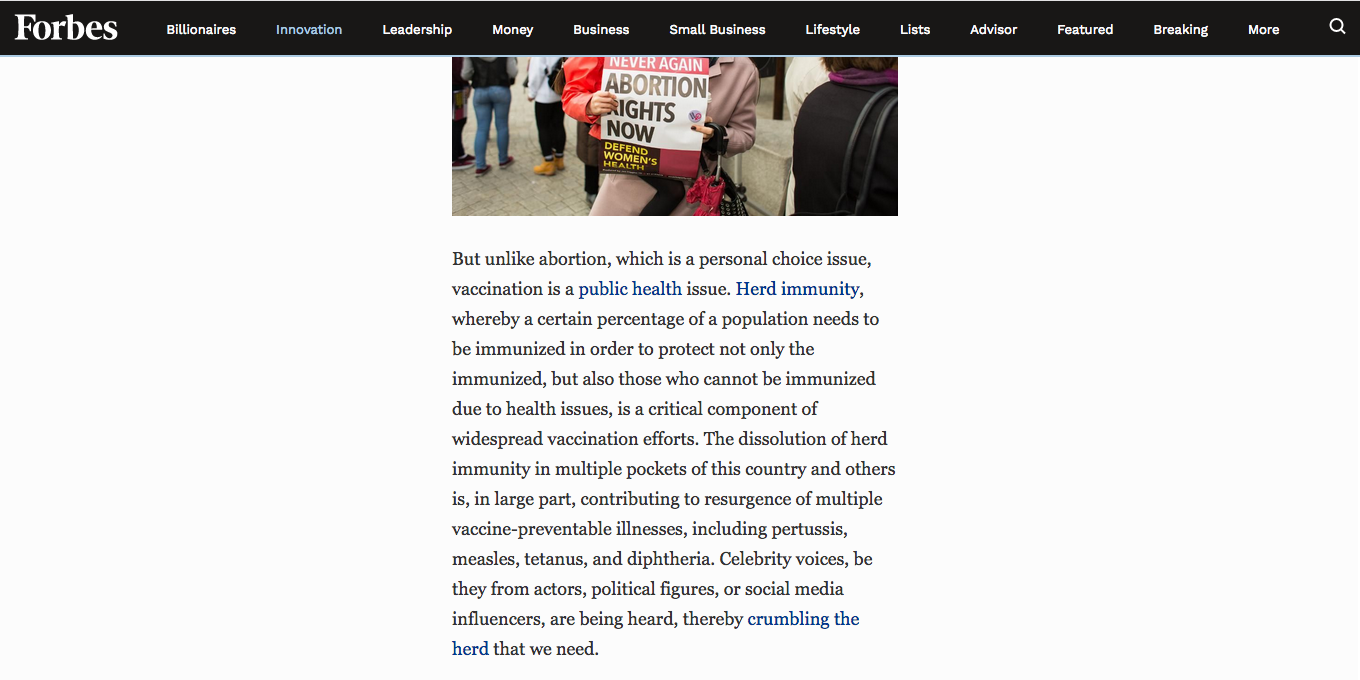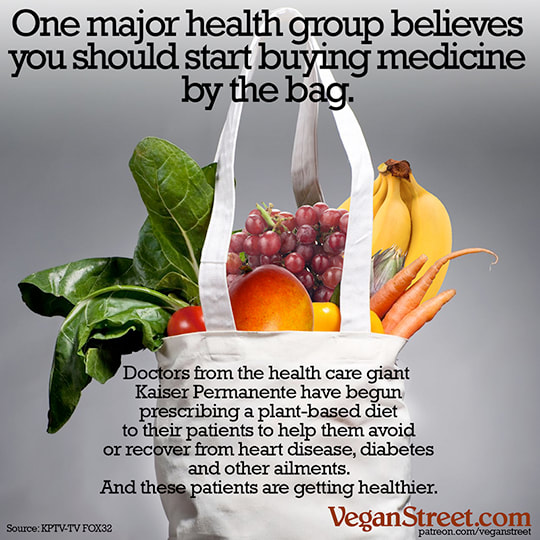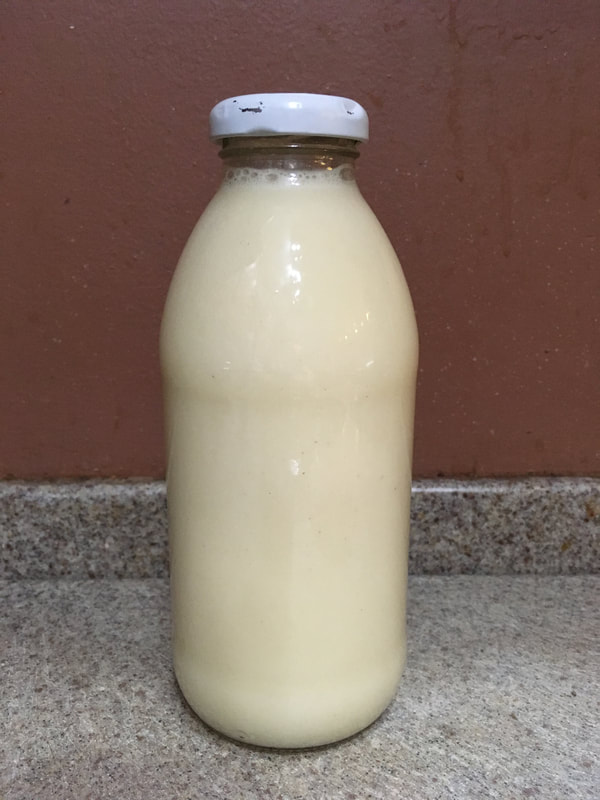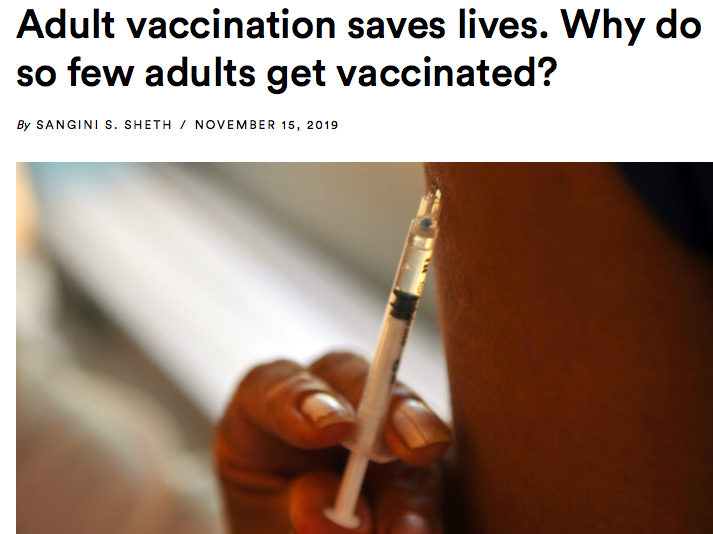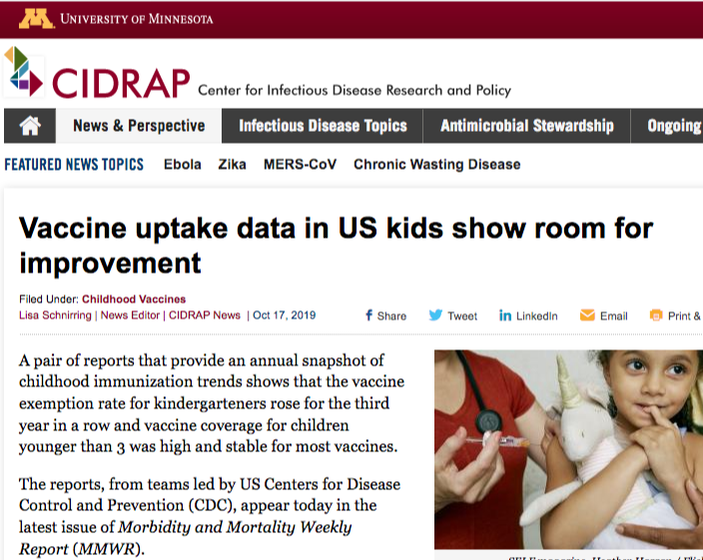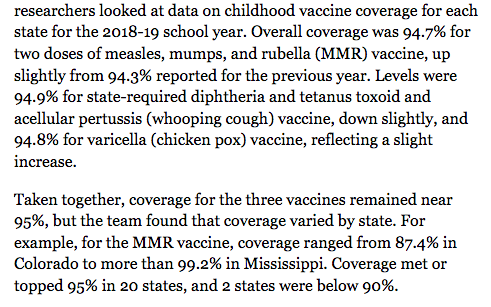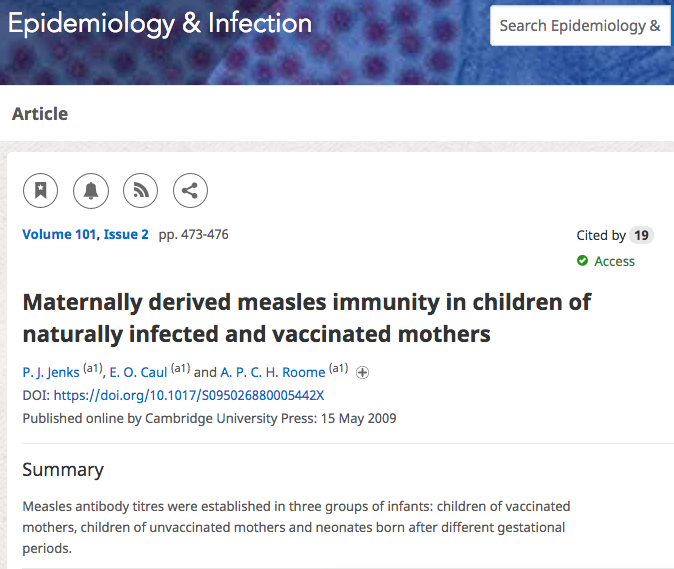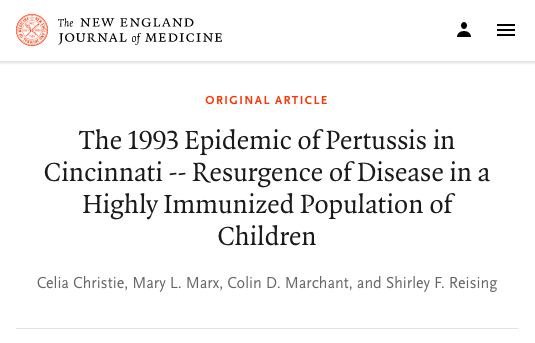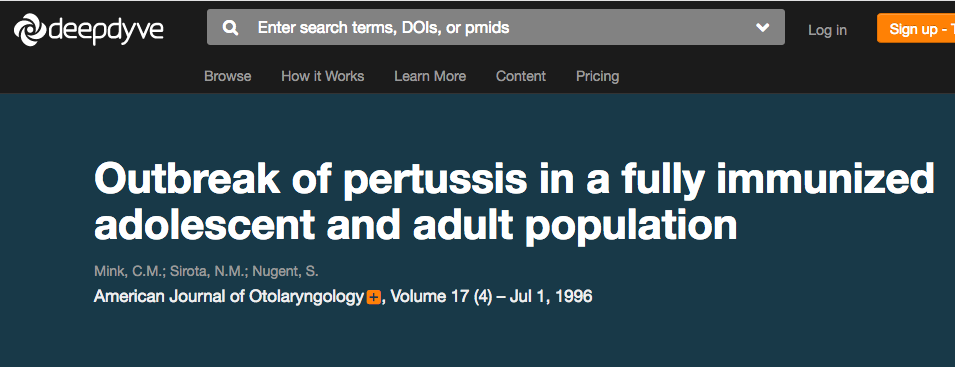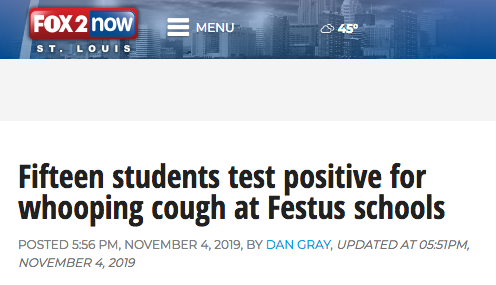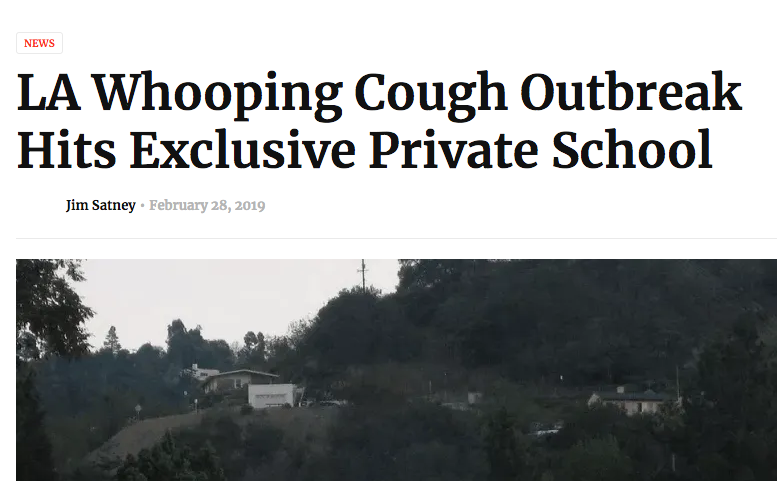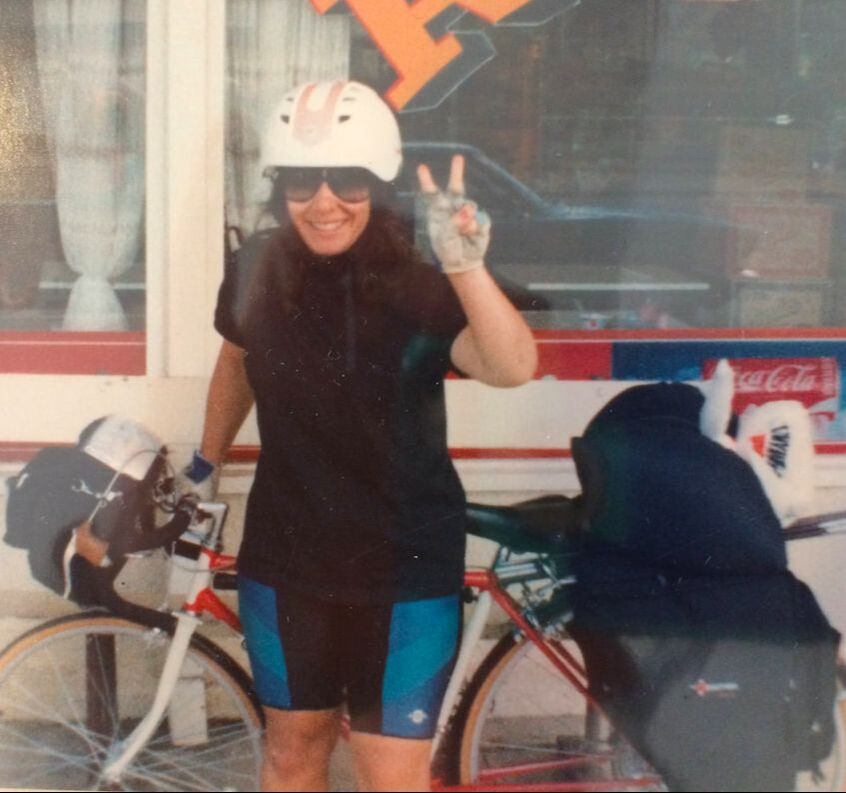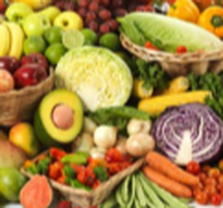
Ingredients:
- 1 cup sorghum flour
- ½ cup garbanzo flour
- ½ cup ground golden flax seeds
- 1 TBS aluminum-free baking powder
- 1 tsp guar gum or xanthan gum
- 1 cup water
- 3 TBS raw cashews (or use hemp hearts to make these nut-free)
- ¼ cup lemon juice
- 2 tsp vanilla extract
- ½ tsp liquid stevia extract
- 1 cup of pitted dates, packed tight to measure them.
- 2 ripe bananas
- 1 ½ cups of fresh or frozen blueberries
Directions:
- Preheat oven to 350.
- Place the (first five) dry ingredients into a bowl and mix well with a wire whisk
- Place the water cashews, lemon juice, vanilla and stevia into a powerful blender and blend on high until cashews are fully blended into liquid.
- Add the dates and process on high until well blended. Then add the bananas and process a final time.
- Pour the wet into the dry, stir in the blueberries and mix just until there is no dry flour – don’t over mix! Spoon into a dozen paper-lined muffin cups and bake for 35-40 minutes just until they start to brown.
